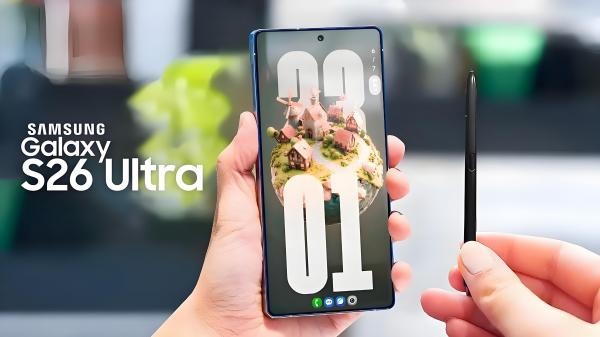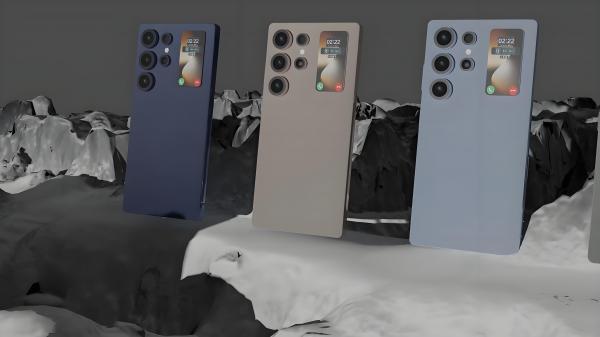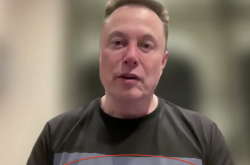Samsung's Upcoming S26 Ultra Unveiled: A Surprising New Look!
![]() 07/03 2025
07/03 2025
![]() 595
595
Today, we delve into the much-anticipated Samsung Galaxy S26 Ultra. Recent leaks and insider information from manufacturers indicate that, while the new flagship appears similar on the surface, it harbors some intriguing secrets. Let's uncover them together.

Firstly, let's discuss the two "less flashy" aspects: battery and main camera.
According to the latest foreign media reports, the S26 Ultra retains the 5000mAh battery—unchanged since the S20 Ultra. It foregoes silicon-carbon batteries and sticks with a steel casing design, prioritizing safety over capacity expansion. This implies that battery performance will rely heavily on system optimization and energy efficiency.
Regarding the main camera, there's no breakthrough: it continues with a 200MP main sensor, reportedly the same HP2 sensor as in the S25 Ultra. Amidst hardware stagnation, Samsung is enhancing computational power and AI algorithms, leveraging computational photography to make up for the lack of hardware innovation.

However, don't lose hope just yet. The new flagship boasts two significant "hidden upgrades" worth exploring:
A slimmer camera module? Foreign media reports suggest that the S26 Ultra will adopt a novel optical structure, replacing traditional lens layers with ink printing coating technology. This results in a thinner lens module while maintaining the 200MP main camera, potentially making the device sleeker and more ergonomic without compromising camera hardware.
Upgraded image algorithm: The delay in silicon-carbon battery technology doesn't mean a halt in R&D. Samsung is leveraging AI. It is rumored to incorporate a more potent AI image processing engine in the rear camera, using algorithms to enhance noise reduction and details, enabling stunning photos with existing hardware.
Moreover, there are whispers that the S26 Ultra might do away with the built-in S Pen slot and support a magnetic external S Pen instead. If true, this could free up internal space for a larger battery (up to 7000mAh, as some rumors suggest). While unconfirmed, this is an exciting shift from the traditional built-in approach to a magnetic, optional design.

Now, let's touch on the timing and specifications:
Globally, it is expected to be powered by the Snapdragon 8 Elite 2 (3nm), while the S26/Plus in Europe and other regions might continue with the Exynos 2600. However, the Ultra version will definitely unify with Snapdragon.
The screen remains a 6.9″ QHD+ AMOLED with a 120Hz refresh rate and a peak brightness of 3,000 nits.
The estimated release schedule is for an official unveiling at the end of January 2026, with sales commencing around the start of February.
In summary, the S26 Ultra is a flagship that "seeks change amidst conservatism." With converging hardware platforms and a departure from bulky camera modules, AI computational power takes center stage, and there's a potential shift in the S Pen's technical route. Whether this evolution will resonate with the market hinges on Samsung's algorithm performance, pricing strategy, and user acceptance of the magnetic S Pen.
Finally, a thought-provoking question: Do you believe it's worth maintaining classic elements while upgrading with AI? We welcome your comments and discussions!








